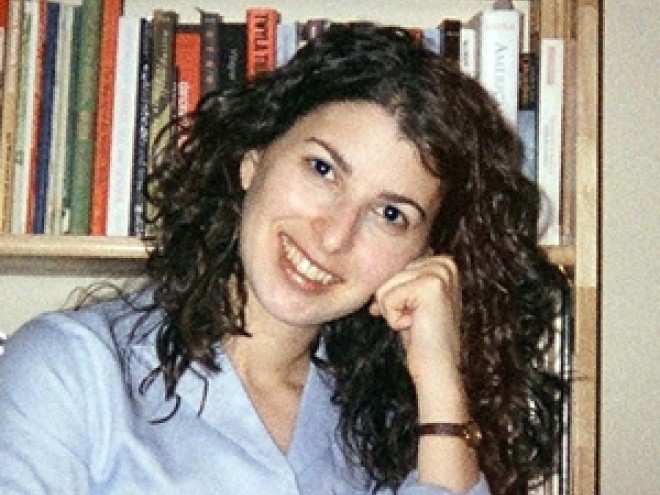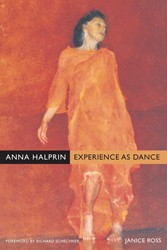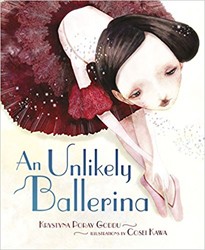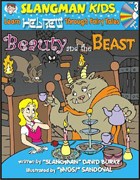From the title one might think that this is a history of physical education classes. And in a certain way, that would be correct.
This insightful study shows how, in the course of just a few years, disparate people were molded into a society. The premise of the book is that the direction that Israeli society took was methodically planned and then applied through the use of physical culture.
The educational and political leaders of the Jewish community during the British mandate, especially toward the end of that period, were intent on molding people and molding a culture. Their task was to replace old European Jewish culture with something new, strong, bold, and uniquely Middle Eastern. They needed to create romance and beauty in a fledgling country compromised of people from various parts of the world.
To that end, they instituted local and national celebrations and performances.
There is no better example of the success these leaders achieved than the rise of Israeli dance. The mix of traditions that is the essence of Israeli dance is a blend of the past and the present that drew on both European dance steps and Arabic dance steps.
It didn’t stop there. The newly created Purim carnivals — crowning a Queen Esther in pageants akin to the Miss USA or Miss Universe pageant — was another vehicle conceived with the idea of normalizing the Jewish community. And nothing was more significant than instituting a Jewish Olympics. They called it the Maccabiah games and Jewish athletes came from around the world to compete.
These athletic games, dance events, and beauty pageants used Jewish themes to inform the Jewish society. It was a blending of the Jewish past with the Jewish present and it crafted a Jewish future.
Related Content:
- Meet Sami Rohr Prize Finalist Nina Spiegel
- Sami Rohr Prize Awardees
- Young Tel Aviv: A Tale of Two Cities by Anat Helman
In Search of the Origins of Israeli Culture
by Nina S. Spiegel
In the winter of my junior year as an undergraduate at Brown University, I scheduled a seemingly ordinary meeting during office hours with one of my mentors, the eminent sociologist, Professor Calvin Goldscheider.
At the time, I was pursuing a double major in Judaic Studies and Religious Studies with interests in Israel, religion, and culture. I was also choreographing and performing in a student-run dance troupe that featured a diverse array of dance styles and student creations. After waiting in the typically long lines during Professor Goldscheider’s popular office hours, a lively conversation soon began. He had recently attended one of my dance troupe’s performances and when we started speaking about my academic directions, he strongly encouraged me to draw on my passion for dance.
I left Professor Goldscheider’s office that cold wintery day wondering what it might look like to bring together these different areas, fields that seemed so separate to me at the time.
This conversation sparked my imagination in profound ways and, unbeknownst to me back then, set me on the path to writing this book. That summer, I traveled to Israel on a Dorot Fellowship to investigate the development of Israeli folk dance. My research began at one of the flagship events: the annual Karmiel Dance Festival, a three-day festival devoted primarily to folk dance that also includes concert dance. Karmiel, a small development town in the north of Israel, becomes inundated with visitors from all over the world who flock to watch the performances, dance, and even socialize. Dancing takes place each day for the full twenty four hours and incorporates many layers of Israeli society: young and old, rich and poor, Ashkenazi and Sephardi, Arab and Jew.
I had never before seen or experienced anything like this festival and the event made a lasting impression on me. Dancers ranging from age five to ninety-five performed and danced at all hours of the day and night, injured soldiers performed in wheelchairs, children with special needs participated in dedicated dance performances and competitions, prominent singers and concert dance troupes performed. Many of the events took place outside, on stages or on the tennis courts. I was struck by these cross sections of Israeli society, by the deep love of dance, and the energy, enthusiasm, and creativity. Dance held a level of importance that I had never before seen growing up in Los Angeles.
After the Karmiel Festival, I continued my research that summer collecting documents at the Dance Library in Tel Aviv and conducting interviews with a range of Israelis — from avid daily folk dancers, to directors of well-known dance companies, to the director of the arts and culture department at the Ministry of Education and Culture.
I was hooked. I was so fascinated by the stories I uncovered that summer that I wanted to know more: how and why did dance, and physical activity in general, become so important in Israel?
As I began to search for answers during my graduate years at Stanford University, I was taken into the 1920s through the 1940s, the period of the British Mandate in Palestine. I was drawn to the creativity and energy of the era. Various members of the Jewish community at the time took it upon themselves to invent, viewing the city, the street, and the field as open studios in which to develop.
This imagination and ingenuity greatly intrigued me and I wanted to uncover the answers to these questions: how was this importance of physicality incorporated into the new culture? And, how was a national culture created?
It is often thought that culture evolves naturally over time, but my research shows that Israeli culture developed consciously and deliberately, in a short period of time, and consolidated in the 1920s through the 1940s. I discovered that building a physical culture was a central goal and was one of the important innovations of this Jewish national project. They placed an emphasis on building a new strong Jew, with the idea from European nationalism that a healthy body was linked to a healthy nation. Everywhere I turned, I saw physicality highlighted: in films, posters, documents, photographs. It was clearly a significant component of this burgeoning society. Yet, the existing research at the time was overlooking not only these activities and pursuits, but also their import.
When I began this book, there was very little work being done on Israeli culture outside of Hebrew literature, and I at first planned to shine light on these creative activities and to give voice to these previously untold stories.
And, as I began to delve through the materials I collected, something unexpected happened. This happens to be one of the treasures of research that I so greatly enjoy! I started to see the same debates and issues taking place over these very different events. They argued everything from questions like what should they call their Purim carnivals or the Jewish Olympics, to larger questions like: is this the right path for building a national culture? And should it be moving in a different direction?
Out of these debates a whole new layer of this book project emerged. As I thought about these patterns, I realized they were developing a cultural aesthetic, and in the book I define four of these patterns that I argue are still prevalent in Israel today. I show that these aesthetics provide keys to understanding contemporary Israeli life.
The ideas that began during a professor’s office hours at Brown are now a book — a book that tells new stories of how Israeli culture developed and provides a framework for understanding how it came to be what it is today.





